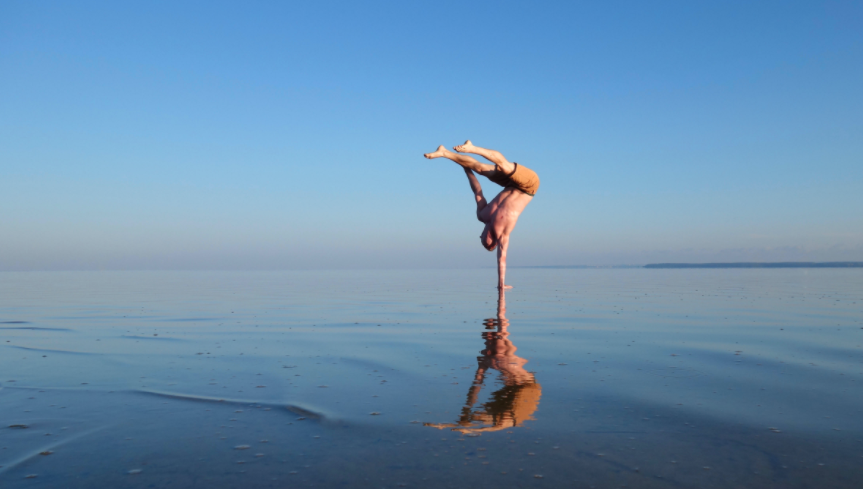The base of support is the area around the outside edge of the sections of your body in contact with the ground/surface. Below you can see these areas shaded in various body positions.
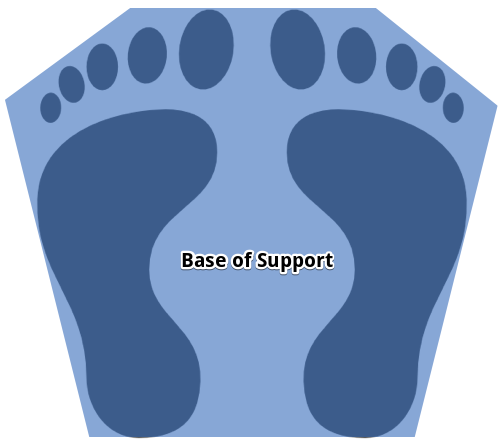
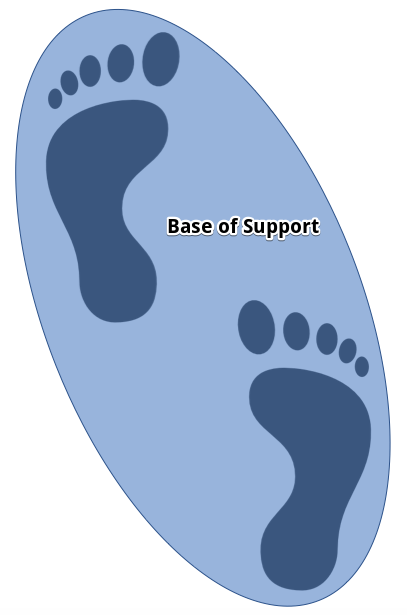
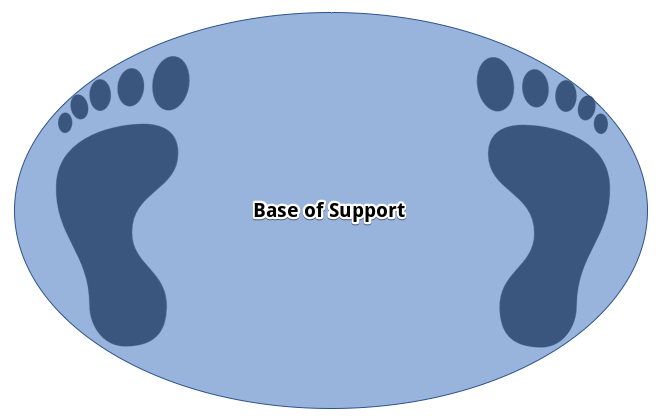
The larger the base of support the more stable the person/athlete is able to be. When an athlete is anticipating contact from an external player, they will natrually widen their base of support IN THE DIRECTION OF FORCE (or impeding force). What that means is that if you are about to have a forward run into you, you don’t abduct at the hips and widen your support, as this will not help you. Instead, you stagger your feet front to back in order to increase your stability. That is you would place your feet like the middle image above, not the image on the right.
However, widening your base of support also makes you less mobile. In order to increase mobility and improve acceleration you need to reduce your base of support. For example, the rugby player who is weaving through her opponents has a small base of support, to make her more agile, but she is also less stable.
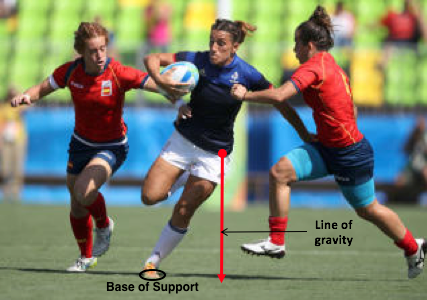
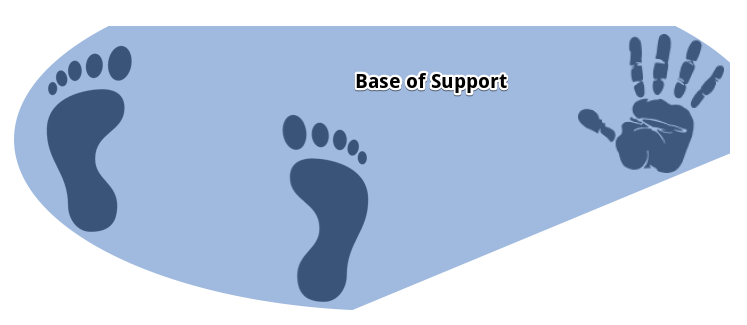
When there are big changes in direction, stability is often increased by adding contact points. Whether this be having 2 feet on the ground to step an opponent or putting a hand on the surface of a wave when turning. Often the hand in surfing provides limited support, as the water does not provide the same stability as the ground, but it does increase your stability.
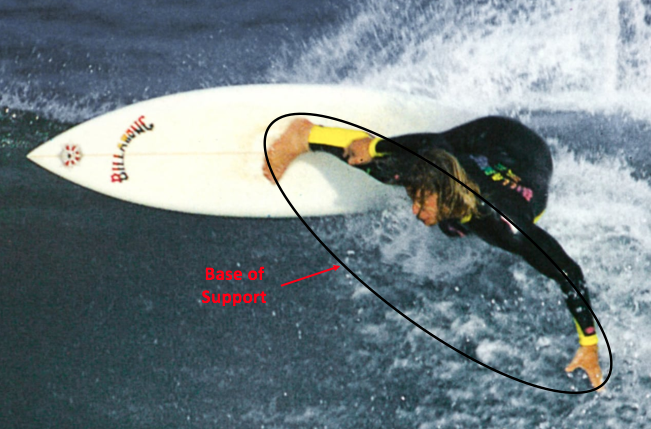
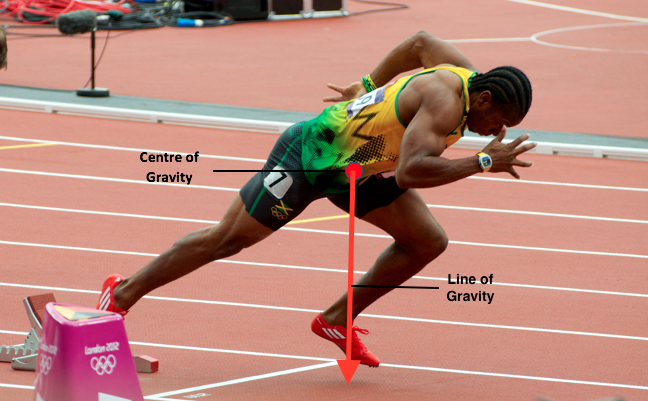
When is comes to movement the athlete seeks to keep their line of gravity outside of their base of support in order to create acceleration and continued movement. As with our sprinter who puts his line of gravity in front of his base of support in order to allow stability in movement. However, the further the distance from the base of support, the greater acceleration is required to maintain stability. Once a set velocity is reached, often the line of gravity is brought back closer to the base of support, as the body becomes more upright in order to maintain the velocity with both balance and stability.
For more on how centre of gravity, line of gravity, and base of support affect balance and stability, check out this video below.

